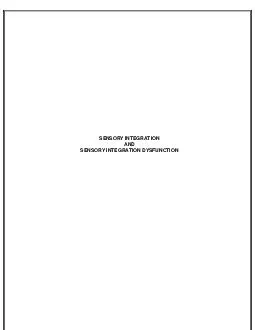PPT-Tracking integration in
Author : tatiana-dople | Published Date : 2018-10-22
concentrating photovoltaic using laterally moving optics Hongzhang Ma Dec 12 2013 OPTI521 Introductory OptoMechanical Engineering Contents 1 Trackingintegrated
Presentation Embed Code
Download Presentation
Download Presentation The PPT/PDF document "Tracking integration in" is the property of its rightful owner. Permission is granted to download and print the materials on this website for personal, non-commercial use only, and to display it on your personal computer provided you do not modify the materials and that you retain all copyright notices contained in the materials. By downloading content from our website, you accept the terms of this agreement.
Tracking integration in: Transcript
Download Rules Of Document
"Tracking integration in"The content belongs to its owner. You may download and print it for personal use, without modification, and keep all copyright notices. By downloading, you agree to these terms.
Related Documents






